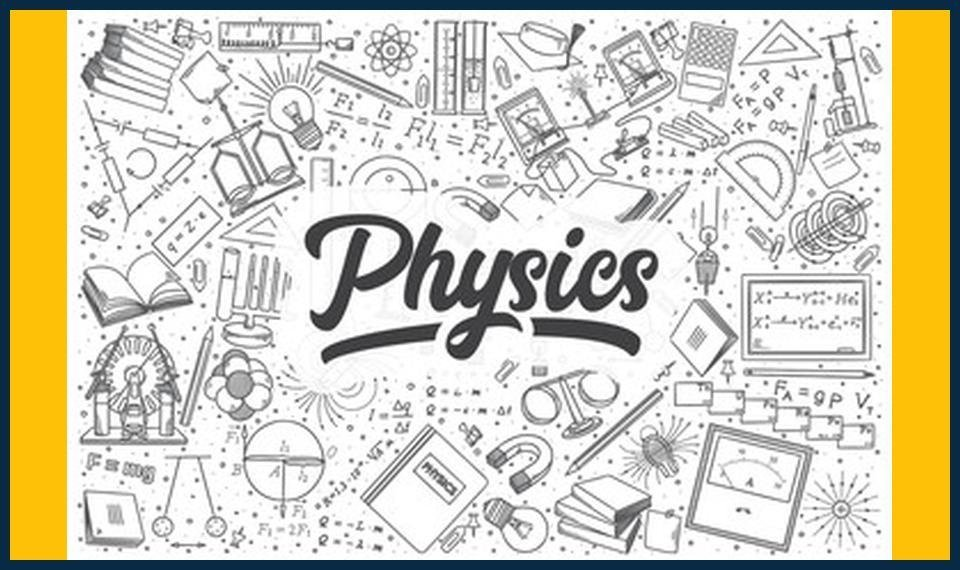![]()
—
**Introduction**
Welcome to an exciting journey through the world of physics! Today, we’re diving into Newton’s Laws of Motion, the fundamental principles that govern the behavior of objects in motion. Whether you’re a student, parent, tutor, or teacher, this guide is designed to make the learning process engaging, informative, and easy to understand.
**Section 1: Who Was Sir Isaac Newton?**
Before we delve into the laws themselves, let’s take a moment to appreciate the genius who discovered them. Sir Isaac Newton was an English mathematician, physicist, and astronomer who laid the groundwork for classical mechanics. His work on calculus, optics, and the laws of motion have shaped our understanding of the universe.
**Section 2: Newton’s First Law of Motion – Inertia**
Newton’s First Law, also known as the Law of Inertia, states that an object at rest tends to stay at rest, and an object in motion tends to stay in motion, unless acted upon by an external force. In simpler terms, if nothing pushes or pulls an object, it will keep doing what it’s doing – either staying still or moving at a constant speed in a straight line.
**Section 3: Newton’s Second Law of Motion – Force and Acceleration**
Newton’s Second Law, or F=ma (Force equals mass times acceleration), tells us that the acceleration of an object is directly proportional to the net force acting on it and inversely proportional to its mass. In other words, the greater the net force, the greater the acceleration (for a given mass); and the more an object weighs, the less it will accelerate for a given force.
**Section 4: Newton’s Third Law of Motion – Action and Reaction**
Newton’s Third Law, often remembered through the phrase “for every action, there is an equal and opposite reaction,” asserts that when one object exerts a force on another, the second object exerts an equal and opposite force back on the first one. This law is essential in understanding the forces at play in various scenarios, such as when a rocket launches into space.
**Section 5: Practical Applications of Newton’s Laws**
From the movement of a ball during a game of catch to the operation of a car’s brakes, Newton’s Laws of Motion play a crucial role in our everyday lives. Understanding these principles can provide a strong foundation for further studies in physics and engineering, and even help you make informed decisions about the world around you.
**Section 6: Challenges and Fun Activities**
To reinforce your understanding of Newton’s Laws, try these fun and educational activities:
– Build a simple Rube Goldberg machine to demonstrate the chain reaction of forces.
– Design and conduct experiments to explore the effects of mass, force, and acceleration on an object’s motion.
– Create a video explaining Newton’s Laws and share it with your classmates or online community.
**Conclusion**
Newton’s Laws of Motion offer a fascinating glimpse into the principles that govern the world around us. By understanding these laws, you’ll not only gain a deeper appreciation for the physical world, but also develop problem-solving skills that will serve you well in many areas of life.
So grab your notebooks, gather your friends, and let’s continue exploring the wonders of physics together! Happy learning!




